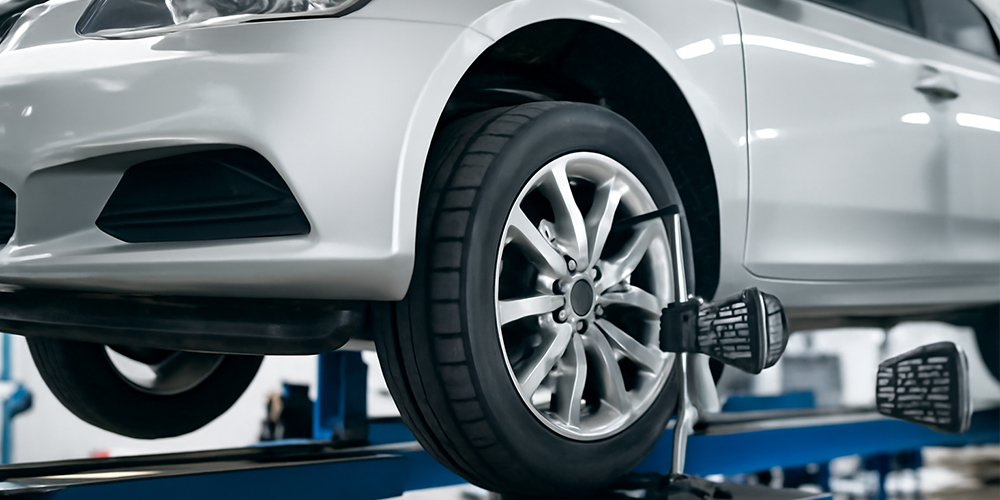
In the Philippines, where roads range from smooth expressways to pothole-ridden streets, proper wheel alignment is essential for safe driving, better fuel economy, and extended tire life. Below is a detailed guide to the three critical alignment angles — camber, caster, and toe — and how they impact your vehicle.
Camber alignment refers to the tilt of the wheels as seen from the front of your car. This tilt can be positive, negative, or neutral, and manufacturers specify ideal camber settings for each vehicle model.
On Philippine roads, camber often goes out of specification due to uneven surfaces and frequent impacts. When misaligned, camber can cause uneven tire wear and make the car feel unstable during turns.

What is camber alignment? It is the adjustment of the vertical angle of the wheels to ensure optimal contact with the road. A properly aligned camber improves cornering stability, while a misaligned camber causes poor grip and accelerated wear.
For Filipino drivers, regular camber checks are especially important because even minor misalignments can lead to significant tire damage on challenging local roads.
Wheel camber directly affects how your tires contact the pavement and how your vehicle performs when cornering.
Proper wheel camber alignment ensures that the tire tread distributes evenly across the road, extending tire life and improving handling, critical in both wet and dry Philippine driving conditions.
Caster alignment is the angle of the steering pivot when viewed from the side of the vehicle. Unlike camber, it does not directly impact tire wear, but it plays a vital role in steering feel and stability.
On the tight and congested roads in the Philippines, correct caster wheel alignment ensures that your vehicle remains stable and the steering wheel returns to center smoothly after turns.
Camber wheel alignment focuses on correcting the inward or outward tilt of the wheels. Even a small deviation from factory settings can cause significant and expensive tire wear, especially when navigating potholes or carrying heavy loads common on Philippine roads.
A properly adjusted camber car delivers even tread wear, sharper handling, and safer cornering, making regular inspections a worthwhile investment.
Caster wheel alignment is critical for a controlled and comfortable drive. When caster is uneven between the left and right wheels, the car may drift or pull to one side — a problem that is particularly noticeable in the stop-and-go traffic and long highway stretches found in the Philippines.
Maintaining the manufacturer-recommended caster settings helps keep your car’s steering predictable and stable.
Positive camber, where the top of the wheels tilt outward, is rare on passenger cars but sometimes used on heavy-duty vehicles to improve stability on rough, uneven terrain, like rural roads and construction sites in the Philippines.
For everyday vehicles, too much positive camber reduces grip and accelerates outer-edge tire wear, so it should be corrected promptly when detected.
What’s the difference between camber alignment vs. wheel alignment?
For Filipino drivers, a full alignment service is recommended to ensure the entire suspension geometry is correct, minimizing wear and maximizing safety.
Philippine road conditions make maintaining correct wheel alignment even more important than in other environments. By ensuring your camber wheel alignment, caster wheel alignment, and toe are properly adjusted, you can enjoy safer handling, longer tire life, and improved fuel efficiency. Learn more about your car at KGCAR.PH, keeping you informed for the roads ahead.
Since 2012, KG Car PH has been the go-to for affordable car parts in the Philippines. We make it easy to find the right fit and offer same-day delivery nationwide—so you get quality parts fast, without spending more.
SOCIAL MEDIA
TOP CATEGORIES
QUICK LINKS
HELP
support@kgcar.ph
© 2025 KGCAR.PH